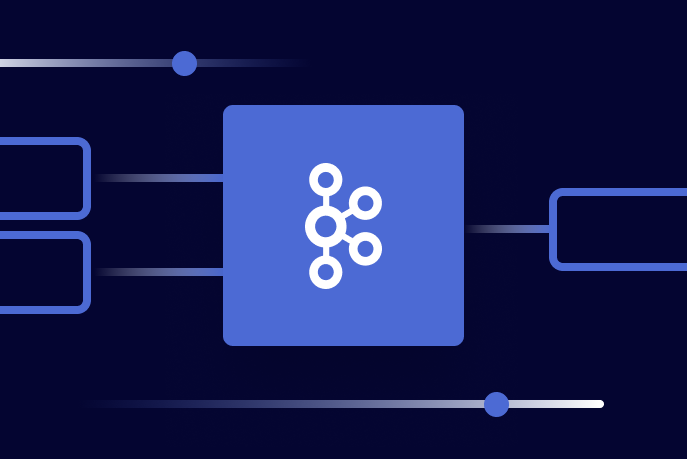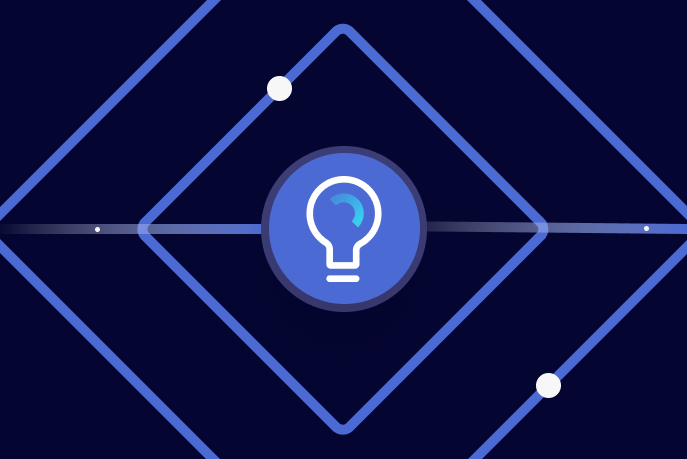[Webinar] AI-Powered Innovation with Confluent & Microsoft Azure | Register Now
Technology
Data Products, Data Contracts, and Change Data Capture
Change data capture is a popular method to connect database tables to data streams, but it comes with drawbacks. The next evolution of the CDC pattern, first-class data products, provide resilient pipelines that support both real-time and batch processing while isolating upstream systems...
Unlock Cost Savings with Freight Clusters–Now in General Availability
Confluent Cloud Freight clusters are now Generally Available on AWS. In this blog, learn how Freight clusters can save you up to 90% at GBps+ scale.
Contributing to Apache Kafka®: How to Write a KIP
Learn how to contribute to open source Apache Kafka by writing Kafka Improvement Proposals (KIPs) that solve problems and add features! Read on for real examples.
Introducing Versioned State Store in Kafka Streams
Versioned key-value state stores, introduced to Kafka Streams in 3.5, enhance stateful processing capabilities by allowing users to store multiple record versions per key, rather than only the single latest version per key as is the case for existing key-value stores today...
Stream Processing Simplified: An Inside Look at Flink for Kafka Users
Learn why stream processing is such a critical component of the data streaming stack, why developers are choosing Apache Flink as their stream processing framework of choice, and how to use Flink with Kafka.
How Let’s Encrypt Powers Confluent Cloud to Automate Its Certificate Operations
Confluent Cloud has chosen Let’s Encrypt as its Certificate Authority and leverages its automation features to spend less time managing certificates and more time building private networking features.
What Is an Apache Kafka Cluster? (And Why You Should Care)
Learn the basics of what an Apache Kafka cluster is and how they work, from brokers to partitions, how they balance load, and how they handle replication, and leader and replica failures.
The Importance of Standardized Hashing Across Producers
When developing streaming applications, one crucial aspect that often goes unnoticed is the default partitioning behavior of Java and non-Java producers. This disparity can result in data mismatches and inconsistencies, posing challenges for developers.
Introducing Software Bill of Materials for Confluent Platform
Confluent Platform 7.4 now includes SBOMs, which gives customers more transparency and control over their software deployments.
When Should You Spin Up Your Next Apache Kafka Cluster?
Learn when to consider expanding to multiple Apache Kafka clusters, how to manage the operations for large clusters, and tools and resources for efficient operations.
What Is an Event in the Apache Kafka Ecosystem?
The term “event” shows up in a lot of different Apache Kafka® arenas. There’s “event-driven design,” “event sourcing,” “designing events,” and “event streaming.” What is an event, and what is the difference between the role an event has to play in each of these contexts?
Introducing Apache Kafka 3.5
We are proud to announce the release of Apache Kafka® 3.5.0. This release contains many new features and improvements. This blog post will highlight some of the more prominent features.
GPT-4 + Streaming Data = Real-Time Generative AI
ChatGPT and data streaming can work together for any company. Learn a basic framework for using GPT-4 and streaming to build a real-world production application.
Self-Service GitOps for Confluent Cloud
GitOps can work with policy-as-code systems to provide a true self-service model for managing Confluent resources. Policy-as-code is the practice of permitting or preventing actions based on rules and conditions defined in code. In the context of GitOps for Confluent, suitable policies...
How to Source Data From Amazon DynamoDB to Confluent
Amazon DynamoDB is a fully managed, serverless, key-value NoSQL database service that is highly available and scalable. It is designed to deliver single-digit millisecond query performance at any scale. It offers a fast and flexible way to store...
How To Automatically Detect PII for Real-Time Cyber Defense
Our new PII Detection solution enables you to securely utilize your unstructured text by enabling entity-level control. Combined with our suite of data governance tools, you can execute a powerful real-time cyber defense strategy.
Connect, Process, and Share Trusted Data Faster Than Ever: Kora Engine, Data Quality Rules, and More
Announcing the latest updates to Confluent’s cloud-native data streaming platform: Kora Engine, Data Quality Rules, Custom Connectors, Streaming Sharing, and more.










